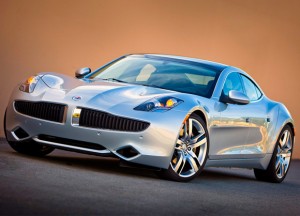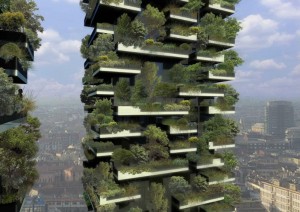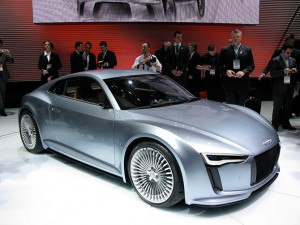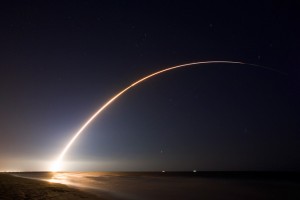 The results of the 2011 Veolia World Solar Challenge, a prestigious international racing event that attracts the world’s best technical universities and colleges has been announced. Race officials reported,” As was stated at the awards ceremony, the near perfect weather experienced in the past three or four events lulled many experienced Solar Challengers into a false sense of security. This time there were those who were able to take on a few hours unexpected static charge while waiting for bushfire ravished roads to reopen. Others struggled under the thousands of square kilometres of smoke haze which drifted across the continent, often thick enough to blot out the sun altogether.” As reported here three US teams UC Berkeley, Stanford and the University of Michigan were strong contenders going into the World Solar Challenge. The competition aims to help discover new automotive technologies that rely on the power of the sun by engaging student teams to develop electric vehicles for a week-long, 1,877 mile vehicle
The results of the 2011 Veolia World Solar Challenge, a prestigious international racing event that attracts the world’s best technical universities and colleges has been announced. Race officials reported,” As was stated at the awards ceremony, the near perfect weather experienced in the past three or four events lulled many experienced Solar Challengers into a false sense of security. This time there were those who were able to take on a few hours unexpected static charge while waiting for bushfire ravished roads to reopen. Others struggled under the thousands of square kilometres of smoke haze which drifted across the continent, often thick enough to blot out the sun altogether.” As reported here three US teams UC Berkeley, Stanford and the University of Michigan were strong contenders going into the World Solar Challenge. The competition aims to help discover new automotive technologies that rely on the power of the sun by engaging student teams to develop electric vehicles for a week-long, 1,877 mile vehicle  endurance test across the Australian Outback from Darwin to Adelaide. In first place was Tokai University – Japan. Second place was Nuon Solar Team – The Netherlands. In third place was the University of Michigan – United States.
endurance test across the Australian Outback from Darwin to Adelaide. In first place was Tokai University – Japan. Second place was Nuon Solar Team – The Netherlands. In third place was the University of Michigan – United States.
Teams not able to maintain a reasonable minimum speed are invited to maximise their experience in the event by running their solarcar for a few hours each day before moving their car forward in their truck or on their trailer. The rules surrounding this exercise allow a great deal of flexibility in their application to enable the particular circumstances and the conditions to be taken into consideration. The finalisation of the results was delayed mostly by the contention of one team who, so desperate to show their sponsors a clean finish, demanded recognition of a place the number of irregularities involved denied them.
A small number of teams questioned the number of solar kilometres attributed to them so the decision was taken to audit all the log books where these are recorded in the team log by the Observer (which the team manager should sign at the end of each day) and transmitted to Mission Control for incorporation into the overall results. Interesting errors such as trailered Km being substituted for Solar Km, and solar credits being given to Control Points instead of actual distance covered were discovered and the complications of this event outlined earlier led to some interesting arithmetic from some Observers! Some gained from the exercise, others not. The figures have now been checked and cross checked with the result that we are now able to verify the Official Record and present the final results.
Eco Fashion…Where does it come from?
 Thousands Gather Outside White House Against Pipeline
Thousands Gather Outside White House Against Pipeline














